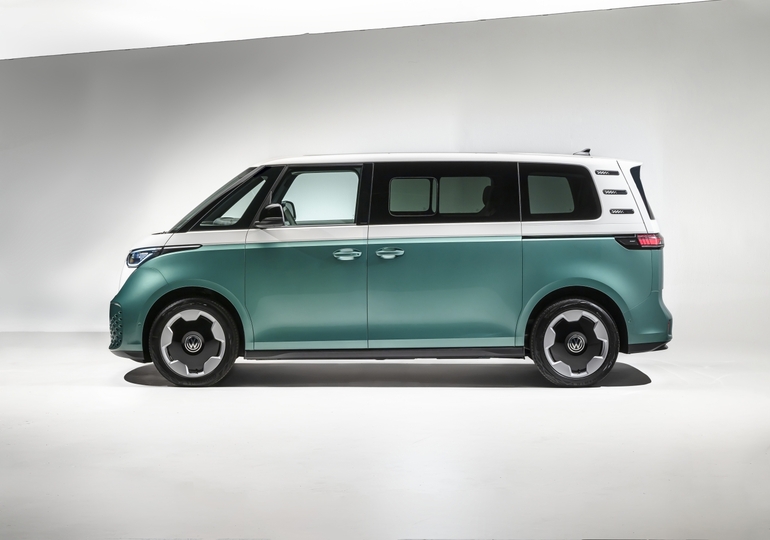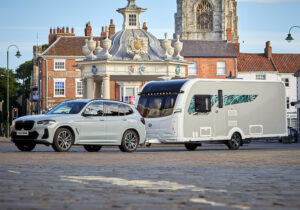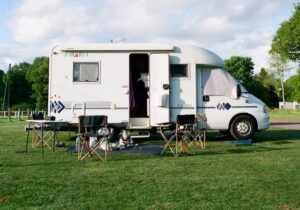If you’re planning a summer staycation, you’re not alone. The search term ‘best places to go on holiday UK’ has more-than-doubled in popularity on Google over the last three months as plenty of Brits are ditching flights abroad for a leisure vehicle break.
In fact, the ongoing cost of living crisis means that over half of us (56 per cent) are planning a British staycation this year, according to research from MoneyTransfers.com.
We’re sure most of our readers would agree the best part of a holiday is… probably not packing for it! With that in mind, the experts at Pure Leisure have gathered together the top ten packing tips to help you get ready for your perfect summer staycation.
1. Consider the British weather
Summer in the UK might not live up to certain European destinations, but it’s still likely to be hot. Protect yourself with sunscreen, a suitable hat and a stylish pair of shades.
Similarly, pack adequate layers of clothing. A lightweight raincoat will never go amiss in our wonderful country, whilst an umbrella and some wellies could become essential items too. Additionally, orange survival bags (or bin liners) are highly recommended by our very own Dan Cartwright.
2. Pack light
A staycation in your leisure vehicle should be… leisurely. Don’t pack everything you own when preparing – any location in the UK won’t be terribly far from a shop where you can grab any items you might need.
3. Power banks
We live in a digital age, so when you head off-grid for a relaxing staycation and your gadgets all run out of battery, you might be rather disappointed.
Pick up a slim, lightweight portable charger to ensure your devices are always up and running. This is especially useful if you’re heading to a festival or for a camping holiday.
4. Pick an appropriate bag
For a short weekend away, you probably don’t need to bring a giant suitcase. Swap it for a rucksack or duffle bag instead to avoid carrying dead weight and, if you’re taking the car, enjoy the extra legroom you’ll benefit from as a result.
5. Smart suitcases
If a larger suitcase is a must, look out for one that has 360° wheels. This will really help with manoeuvrability across the board, from bumpy country lanes to public transport. A perk of leisure vehicle holidays is that you won’t have to worry about any size or weight restrictions, so you can feel free to choose any suitcase you fancy.
6. Coffee fix
Plenty of coffee addicts walk among us. When they’re stuck in a caravan park in the middle of nowhere, things can turn sour quickly!
To avoid needless caffeine cravings, why not invest in a portable coffee machine? These gadgets will brew your favourite drink perfectly every time and their small size means they won’t take up much space in your luggage.
7. Stack, stack, stack!
Just like property developments in crowded cities, the best way to utilise your leisure vehicle’s space is to build upwards. Try stacking your belongings in storage pots where possible. This will also minimise the risk of small items, like makeup or jewellery, from breaking.
8. Burrito time
Not barbacoa beef or pulled pork, but fabrics from your wardrobe. If you’re finding it difficult to get all of the clothes you want to bring into your luggage, try rolling them all up like you would when making a burrito.
If you’re an extremely organised person, you could even roll separate outfits into individual burritos, taking one out each day or as you need to change.
9. Start at the end
If you are a very organised person who can roll individual burritos for your staycation, this one’s for you.
Pack the things you’ll need on the final days of your trip first and the things you’ll need as soon as you get there, last. Essentially, this means you won’t have to tip everything out of your bag when you arrive.
For parents, this is also a fairly devious way of making older children exercise forward-thinking. Let them work out what they actually need and what they could do without for a while. You can even have them write down what they’re planning to wear if they need help visualising what to pack.
10. Happy kids, happy holiday
Families want to relax on holiday and when the children are unhappy, it’s incredibly hard to unwind. Let your little ones bring a toy and try to limit their clothes to easy separates that can be mixed and matched with another.
We’d advise you not to take anything your children are extremely attached to in case it gets lost, damaged or destroyed. However, if they refuse to leave their favourite toy or teddy behind, encourage them to write a letter or make a video for it, describing what they’ve been up to on holiday.
Photo credit: Craig Adderley / Pexels






